Share
Author
George Anderson
Share
Scalable B2B Ecommerce
Harvard Business Review recently published a fascinating article on the top 2 reasons why digital transformations fail. After surveying 1,350 large industrial companies, the authors found that the primary reason for failure was “unsuccessful efforts to scale digital innovations beyond early pilot work.”
This finding is incredibly relevant for SAP B2B ecommerce projects. It’s all too easy to stand up an ecommerce store—and all too difficult to build a scalable, integrated, global B2B ecommerce business.
So how do you scale B2B ecommerce beyond the pilot?
Here are 4 things you can do.
1. Choose a scalable/templatized integration solution
It’s essential to understand the difference between a pilot and a final, scalable solution. As we’ve documented elsewhere, it may make sense to launch a standalone proof-of-concept to demonstrate to key stakeholders that ecommerce is a viable way forward—but that proof-of-concept is rarely adequate for the real needs of that division, let alone the needs of every division in your organization.
Why? Because a simple B2C-style solution (what’s easy to stand up for a proof of concept) doesn’t map to the complex business rules which are the lifeblood of a global manufacturer. Those complexities are best handled via real-time SAP integration—and rebuilding that integration in every division which needs ecommerce is a massive waste of resources.
That’s why manufacturers should choose a scalable, templatized, SAP-integrated solution.
Hint: That’s exactly what Corevist Commerce provides.
Our solution is built on top of a real-time, prebuilt, configurable SAP integration. To the degree that your SAP implementation(s) is/are templatized, you can roll out templatized, SAP-integrated ecommerce to all your divisions without reinventing the wheel of SAP integration.
2. Partner with leaders in other departments (and divisions)
If you’re going to choose a templatized SAP-integrated solution, you’ll need to align with leaders in other divisions to ensure the rollout is a success. Harvard Business Review pointed this out in their article, highlighting “unspoken disagreement among top managers about goals” as a primary reason for the failure of digital transformations.
Building bridges across your organization is key. If you’re considering ecommerce for your division alone, it’s worth connecting with stakeholders at other divisions and asking if they have goals and initiatives around ecommerce. This allows you to leverage the economies of scale which are only available with templatized, SAP-integrated ecommerce.
If you can present a unified front to corporate, coming forward with a plan for templatized ecommerce, that’s a huge win. Global ecommerce is most successful when there’s a corporate sponsor backing it—an executive who’s invested in the success of ecommerce as a whole and wants to launch it in each division with minimal waste of resources.
3. Consider distributing expenses (IT pays CapEx, each division pays its own OpEx)
Here’s another reason you need to align across the organization: If you’re going to use a templatized approach for all global divisions, everyone needs to be on the same page about who pays for what. Who pays for the reusable value (the initial templatized rollout)? Who pays for the upkeep of each individual storefront?
Here’s one way to handle this:
- Let corporate-level IT pay the capital expense of investing in the templatized, SAP-integrated ecommerce solution which you’ll reuse around the globe.
- Let each division pay its own ecommerce operating expenses once that division is up and running with a web channel based on the templatized solution.
4. Scale up following an Agile methodology
You can’t launch ecommerce in all your divisions on Day 1. It’s not practical, and it doesn’t allow you to “fail early” in a safe environment.
That’s why we follow an Agile methodology that starts with a single division. With a series of targeted focus groups involving your real customers, we ask a provocative question—“Why can’t we put this software into production right now?”
That question has the power to uncover problems which you didn’t know existed. With that feedback baked into your first storefront through an iterative process, you work out the kinks early and sharpen the templatized ecommerce solution which you’ll use to scale up to all your divisions.
Here’s what that looks like for a sample global rollout involving 10 storefronts:
Moving forward: FREE case study
Want to see scalable B2B ecommerce in real life? Download this case study on Blount International. You’ll learn how this industrial manufacturer launched ecommerce for numerous brands and became easier to buy from—all without increasing the burden on their internal IT team.
[want_more title=”Learn more” subtitle=”FREE Case study: Blount International” description=”Learn how multiple departments came together as Blount International launched ecommerce.” button_text=”Download Now” button_link=”https://www.corevist.com/blount-international-inc/” button_class=”btn btn-primary blount-case-study” title2=”See it for yourself” subtitle2=”Talk to us” description2=”Curious what Corevist Commerce can do for you? Let us show you a personalized demo. You’ll see ecommerce with real-time SAP data.” button_text2=”Schedule Demo” button_link2=”https://www.corevist.com/demo/” button_class2=”demo-popup”]










